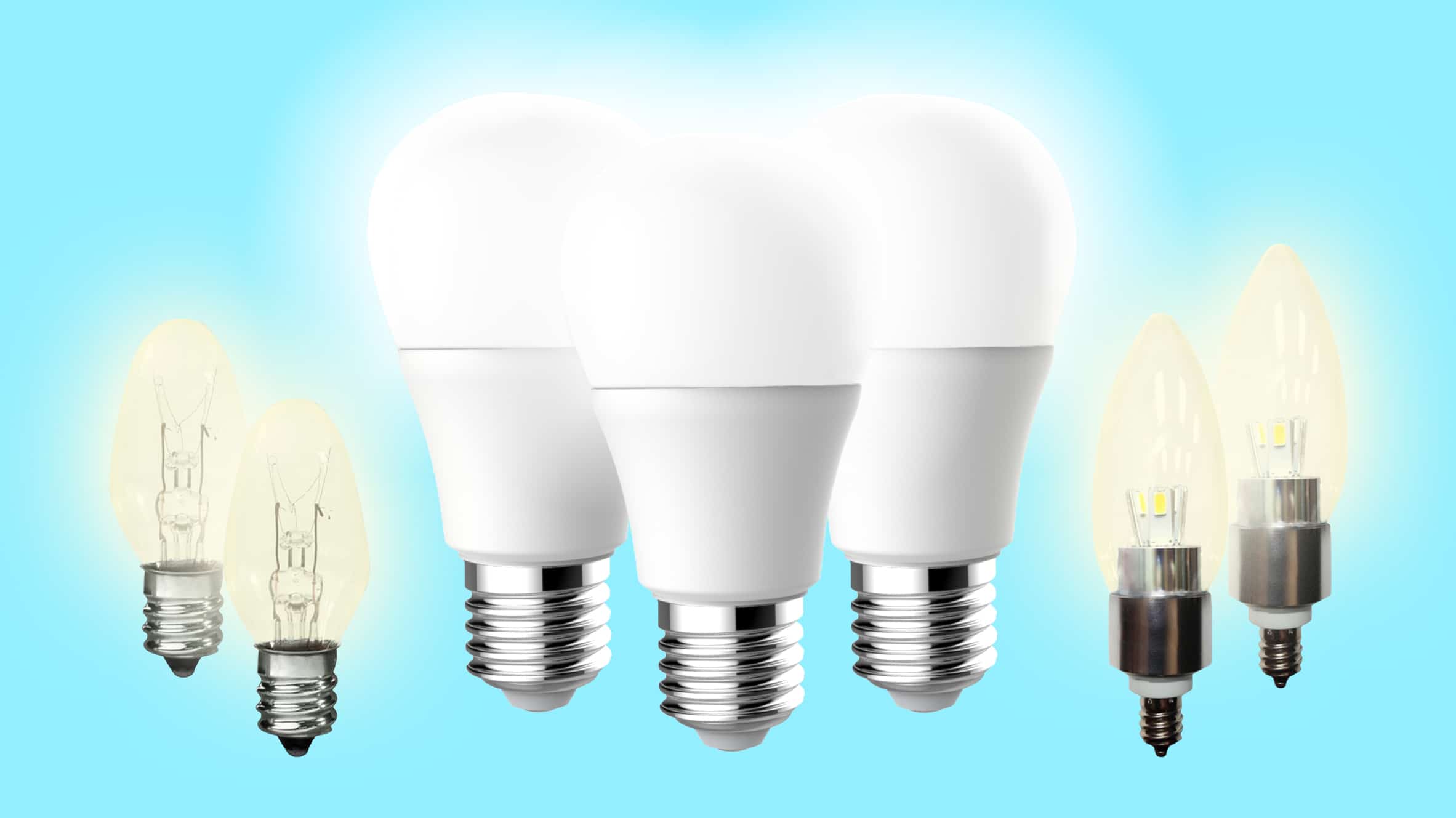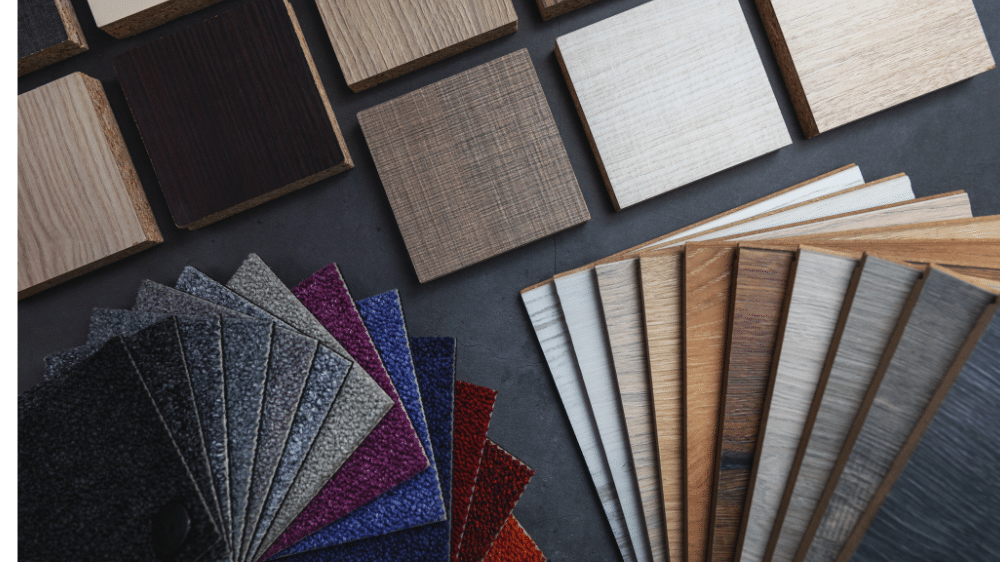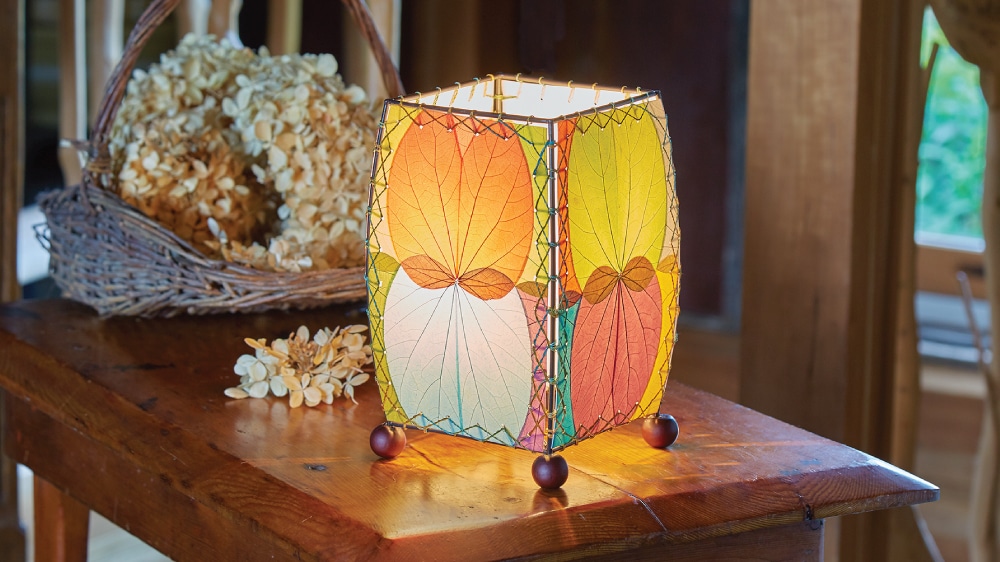Shedding Light on Choosing the Right Bulbs for Your Home

April 23, 2024
By: Christopher Godfrey
“Wow! Where did you get that bulb?” is a question you’ve probably never heard someone ask. It’s true. Choosing a light bulb is not as glamorous as picking out a fun lampshade or hanging a statement drum lamp, but that doesn’t make them any less important. Sure, that hanging drum lamp may be a real eye-catcher, but it’s the bulb that really makes it shine (pun intended). As we talked about a few weeks ago, lighting has a huge effect on a room’s ambiance, and choosing the right bulb is a crucial step in creating the vibe you’re going for.
While choosing a bulb seems like an easy task, it may not be as simple as you think. Light bulbs have come a long way since the first incandescent bulb made its debut back in the 19th century. Various factors, like the number of lumens and watts, can create drastically different looks.
If you think “lumens” just sounds like something out of a Harry Potter book, don’t worry. We’ve got you covered! Read below to learn all about bulbs and how to choose the right one for your space.
Setting the Temperature of the Room

A room’s temperature doesn’t always have to do with the thermostat. Color temperature describes the appearance of the light that a bulb produces, and it’s a major factor in setting the tone of a room. It’s the difference between a cozy living room and a brightly lit office space. Color temperature is measured by the Kelvin (K) scale. Where a bulb falls on that scale tells you what type of light that bulb will emit. Let’s review your options.
- Orange (1,000K – 2,700K)
A good example of orange light is candlelight, which measures around 1,900K. It’s enough light to navigate your way through a room, but not enough for activities such as reading. Another example of orange light is the Edison Bulb (2,200K), which is a popular choice for the string lights often seen on patios. - Soft White/Warm White (2,700K – 4,000K)
Soft/Warm white emits a yellow shade. It works well in bedrooms, living rooms and dens because it creates a homey, welcoming atmosphere. It’s also a great choice for highlighting darker woods throughout a room. - Bright White/Cool White (4,000K – 5,000K)
Bright/Cool white ranges from white to blue hues. This light brings an energetic and modern feeling that is often used in kitchen and bathrooms. - Daylight (5,000K – 6,500K)
You guessed it—Daylight mimics the sun’s natural light. It illuminates a room with blue light and is the preferred shade for basements, but can also be used to brighten bathrooms and kitchens even more.
Watts a Lumen?
When discussing lighting, you’ll most likely hear the terms “lumens” and “watts”, but what are those exactly? Lumens measure the amount of light emitted from the bulb. The more lumens, the brighter the light. For example, night light bulbs typically measure around 35-45 lumens and provide dim light for a small space. Most table and floor lamps are meant to illuminate a larger area and in those scenarios, the lamps likely require a medium base LED bulb that should measure 750-850 lumens to produce sufficient light.
Watts are another important, and more familiar, detail when choosing the right bulb. Watts measure the amount of energy a bulb uses. You’ll want to pay close attention to recommended watts for a number of reasons. Not only will the number of watts play a factor in your electric bill, but it can have other ramifications as well—ranging from the bulb burning out prematurely to the fixture becoming discolored from the heat. For safety reasons, it’s very important to never exceed the recommended wattage.
Feeling particularly picky about the lighting for a specific room? Learn about the Color Rendering Index (CRI) here.
Types of Bulbs
You’ve picked out the fixture for your room, and you’ve become an expert on lumens and watts, so now it’s time to determine the type of bulb you need.
- Incandescent
Incandescent bulbs are what started it all. An inexpensive option, these bulbs were the industry standard for many years. Due to their high heat output and tendency to have a shorter lifespan, incandescent lighting is no longer the go-to. However, these lights still make sense and are a popular choice for some specialty lighting such as night lights. - LEDs
Light-emitting diodes, more commonly referred to as LEDs, are not only an industry favorite, but Eangee Home Design’s top choice. They have minimal heat output, are energy efficient and produce the desired color temperature. Some are even rated and safe for outdoor use. - Other
Fluorescent and Halogen are two other types of bulbs. They can be used at home but tend to be more popular in commercial spaces. Fluorescent lighting is often a long, tube-shaped bulb that you see in offices, but can also be used in hallways, kitchens or any area that needs a great deal of light. Halogen bulbs are similar to incandescent but use less energy. Often seen in retail, these multitaskers can be used to illuminate a jewelry case or to keep food warm at restaurants.
Step Outside: Outdoor Lighting

The focus is often on indoor lighting when talking about bulbs, but it’s important not to forget about your outdoor space. Like the Edison Bulb we mentioned earlier, adding lighting to your deck or patio can really take the space to the next level.
When choosing bulbs for the outdoors, you want to be sure they are labeled damp-rated or wet-rated. Damp-rated can withstand humidity but cannot get wet. Wet-rated bulbs are produced with a waterproof seal and can be exposed to direct water and moisture as long as they are not submerged.
Wet-rated bulbs are a perfect choice for some of our favorite pieces like the Outdoor Leaflet Table Lamp and the Outdoor Butterfly Table Lamp. Ready for some good news? Our outdoor lamps already include a wet-rated, 2,700K soft white LED bulb that measures at 9.5 watts and 800 lumens. Bet you didn’t realize there was so much to know about bulbs! So the next time you’re admiring a friend’s new light fixture or a dramatic pendant light in a hotel lobby, be sure to remember the star behind the scenes.
Related posts
Published On: March 6, 2024
By: Shay Elder
Discover the beauty of mixing different design genres to get the look that is truly yours. Create a personalized ambiance that reflects you.
Published On: January 3, 2024
By: Christopher Godfrey
Discover the impact of lighting in our daily lives and its influence on our spaces. Read on to explore tips on choosing the right lamps for your home, from layering lighting to selecting the perfect bulbs.
Published On: December 8, 2023
By: Shay Elder
Discover unique, meaningful gifts with rich narratives, perfect for thoughtful gifting. Explore now!







